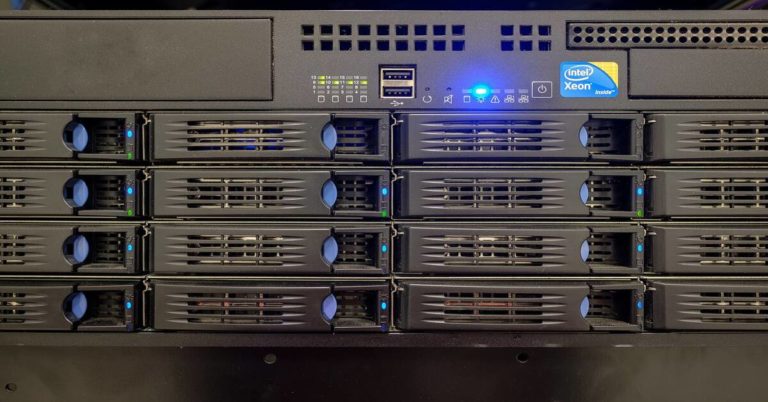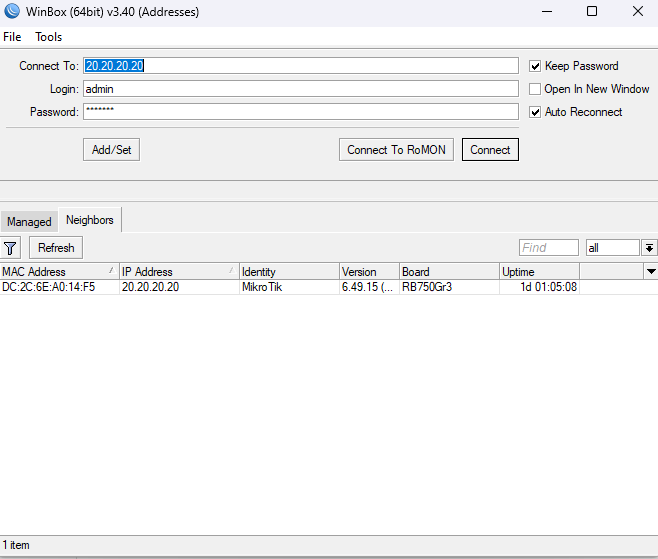What is MPLS in Networking?
MPLS (Multiprotocol Label Switching) in networking is a type of data-carrying technology for high-performance IP networks. MPLS operates at an OSI Model layer that is generally considered to lie between traditional definitions of Layer 2 (data link layer) and Layer 3 (network layer) and thus is often referred to as a “Layer 2.5” protocol.
How Does MPLS Work?
MPLS works by encapsulating IP packets within labeled packets. This encapsulation allows routers to make forwarding decisions based on the contents of the label, rather than having to perform a route lookup in the IP header. The label provides the router with all the information it needs to make its forwarding decision, thus enabling the router to forward the packet at “wire speed” That is why we have “switching” in the name and why it is often referred to as a “Layer 2.5” protocol.
Benefits of MPLS
MPLS offers several key benefits over traditional IP routing. Firstly, MPLS provides a way to prioritize different types of network traffic. This is achieved by assigning different labels for different kinds of traffic, which allows network engineers to give priority to specific applications or users.
Another benefit of MPLS is its ability to support virtual private networks (VPNs). MPLS VPNs allow organizations to securely extend their private network across the public Internet, thus enabling remote users to access the organization’s network as if they were directly connected.
MPLS in Action
Consider the following example. Organization has a main office located in New York and several branch offices located in different parts of the country. The organization wants to provide its branch offices with access to its network, but it wants to keep its network secure and ensure that only authorized users can access its network.
The organization could accomplish this by using MPLS VPNs. Organization would configure its router in New York to act as an MPLS VPN gateway. The branch offices would then connect to this gateway using the Internet. The MPLS VPN gateway would then use MPLS labels to securely encapsulate the branch office’s traffic and forward it to the main office.
MPLS vs. Traditional IP Routing
One of the key differences between MPLS and traditional IP routing is how forwarding decisions are made. In traditional IP routing, forwarding decisions are based on the destination IP address in the IP header. In MPLS, forwarding decisions are based on the label.
This has several key benefits. Firstly, MPLS enables routers to make forwarding decisions much more quickly than they can with traditional IP routing. This is because the label provides the router with all the information it needs to make its forwarding decision, and the router does not have to perform a route lookup in the IP header.
Another benefit of MPLS is its ability to support virtual private networks. MPLS VPNs allow organizations to securely extend their private network across the public Internet, which is impossible with traditional IP routing.
Conclusion
In conclusion, Multiprotocol Label Switching (MPLS) is a powerful data-carrying technique that offers several key benefits over traditional IP routing. MPLS enables networking engineers to prioritize different types of network traffic, support virtual private networks, and make forwarding decisions more quickly and efficiently.
To improve your enterprise network’s performance, consider implementing MPLS. With its ability to prioritize different types of traffic and support virtual private networks, MPLS can help you achieve a more secure, efficient, and high-performance network.
We are using technologies like MPLS in environments such as Metropolitan Area Networks to manage complex traffic flows across city-wide infrastructure.
A short video about what MPLS is in Networking:





